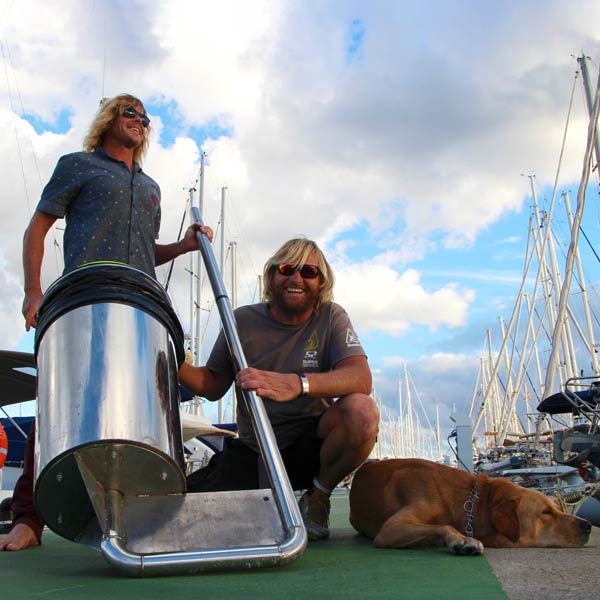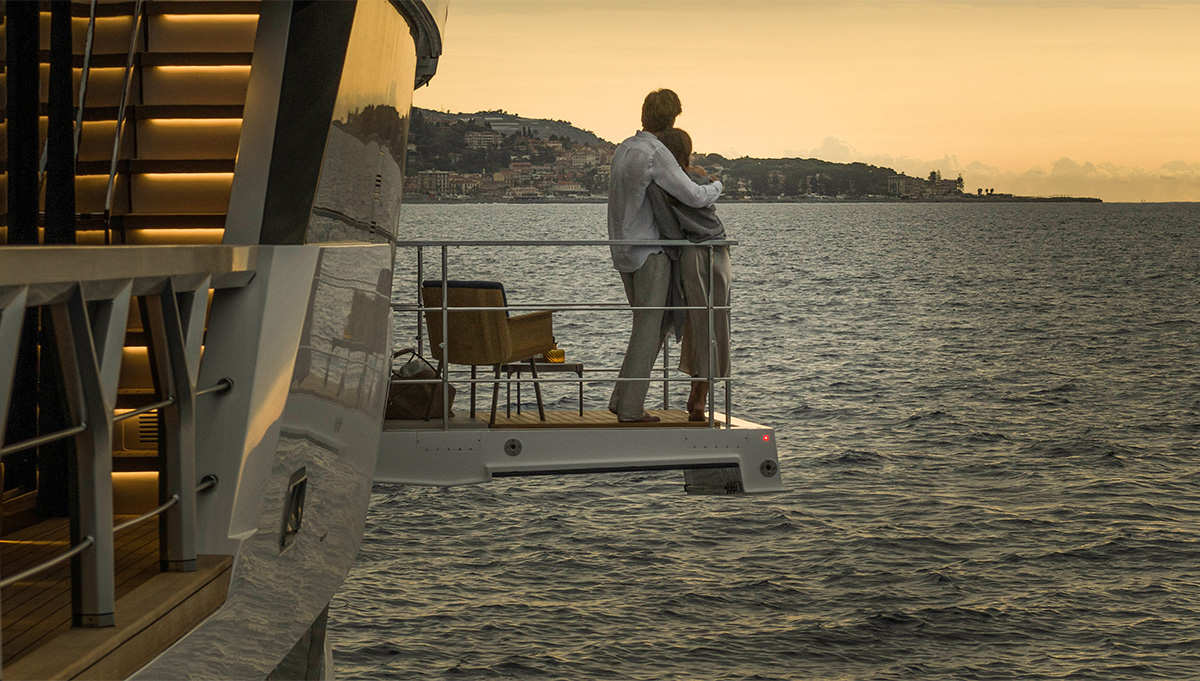
Custom Line 140 by Ferretti Group

Custom Line 140 by Ferretti Group
Superyachting's big myth
It’s the big yachts that get all the newspaper headlines, but it’s the small yachts that make up most of the fleet. Isn’t it about time we stopped comparing size and started recognising the big opportunities that small superyachts offer?
Go big or go home, they say; the new big boy’s toy is always bigger and better. From cars to houses to supersized fast food, I have come to a conclusion – as a species, we are obsessed with size. It’s evident in every facet of daily life, and it is reflected in the big headlines that splash across the world around the superyacht industry. Whether it’s a focus on the largest superyachts or a delve into the biggest and most outrageous concepts – from mini-Monaco designs to giant swans – and whether it’s to demonise or idolise, apparently size matters.
Here’s the thing: there have always been large yachts, right from the early days of yachting for pleasure, but there have also always been many more small yachts to balance out the averages. And while the superyacht fleet has expanded dramatically in the past three decades – we’re well on our way to 6,000 now – actually the average length hasn’t changed as much as you might think. It’s still somewhere in the mid-40-metre bracket, in spite of the fact that while a 44-metre yacht in 1990 sat on the boundary of the Top 100 Largest Yachts list, today that yacht has a lot more than 1,000 yachts above it in size.
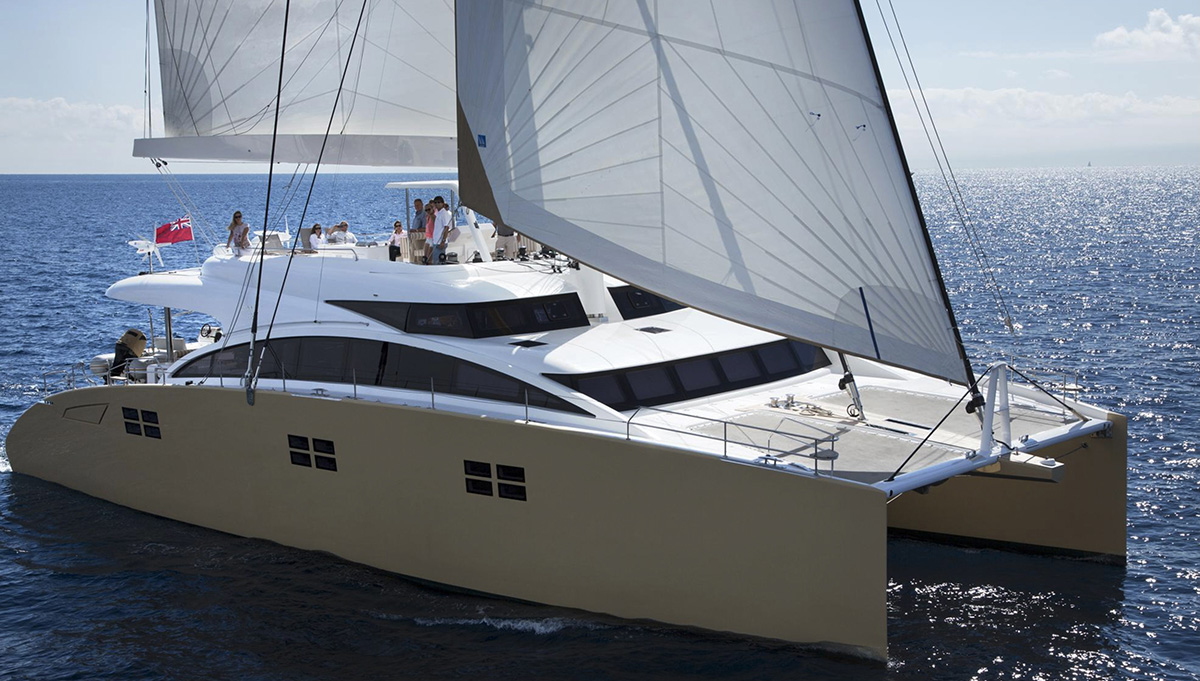
Houbara by Sunreef Yachts

Houbara by Sunreef Yachts
The truth is that the really big yachts – the ones that get all the headlines – are still only a tiny, tiny fraction of the fleet, much like hypercars are only a tiny, tiny fraction of the car fleet. Then there are the supercars, which although still exotic are more common and more relatable – they are the cars we can all aspire to. In the same way, most superyachts are relatively small – some not much larger than the bigger yachts you might find in your local marina.
In part, the division of the leisure marine fleet comes down to a regulatory boundary, which really defines where ‘yachts’ end and ‘superyachts’ begin. That boundary – across which lie much more stringent rules for systems, manning, safety and other elements – is based on a load line measurement which, while complicated to explain, essentially means that typically yachts below 28 metres (around 94 feet) in overall length are under the boundary, and typically those longer than that are over the boundary. It’s why, for many, the accepted definition of a ‘superyacht’ is a yacht that measures 30 metres (100 feet) or longer. It’s also a very convenient and easily imaginable boundary number.
It all gets distorted because bigger yachts are always perceived to be better. But here’s the thing. The vast majority of the fleet are under 50 metres in length, and most of those lie in the 30 to 40 metre bracket. And while it seems the top end of yachting keeps growing in length, the fact is that the majority of sales are still at the bottom end of the fleet in terms of size. It’s not helped by the terms that people use (even within the industry). ‘Superyachts’ become ‘megayachts’ and they in turn become ‘gigayachts’, often for no other reason than to sensationalise their supposed size.
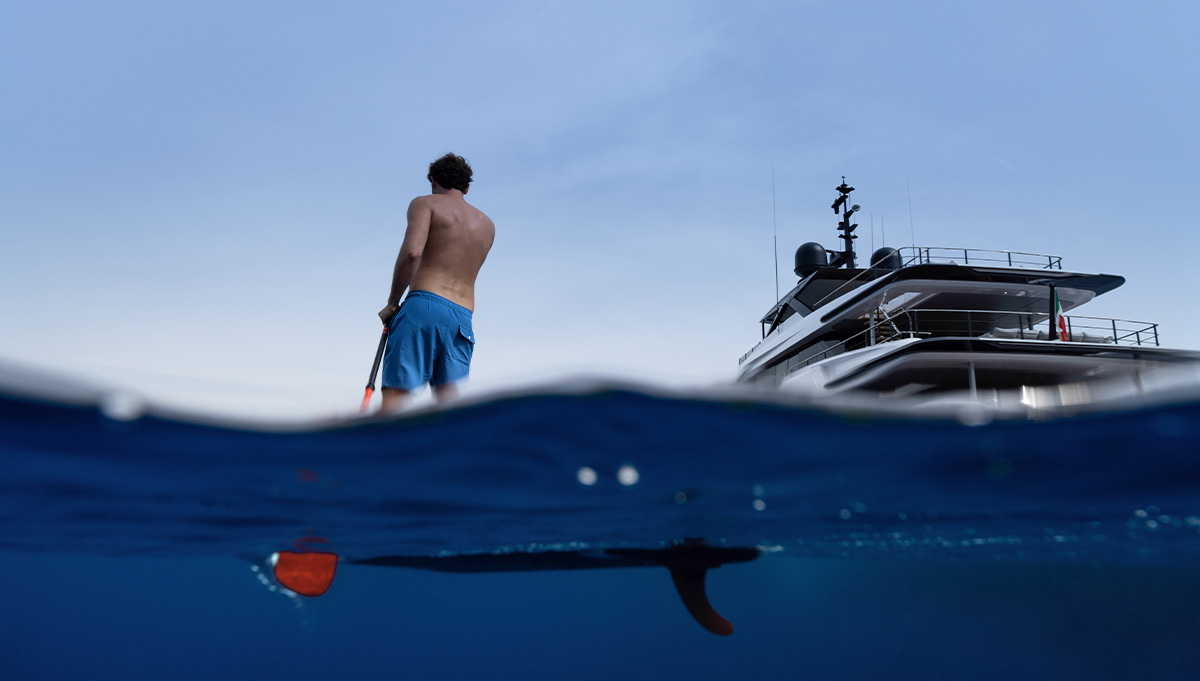
Custom Line 140 by Ferretti Group

Custom Line 140 by Ferretti Group
It’s a problem of perception or, as it turns out, misperception that leads to ‘pocket’ superyachts being dismissed as not the real thing, and that is unfair. It’s not just that the smaller yachts represent entry level superyachts that are more affordable to buy, more economical to operate and more cost-efficient to man and moor, they are also beginning to adapt to the demands of the modern client by taking what makes larger yachts so special and offering ingenious solutions for big-boat features in a small-boat package. There are aft pool terraces on 34-metre yachts like the Oasis 34M; big-boat tender storage for remote exploration voyages on yachts like the 39-metre Flexplorer Aurelia or the 35-metre Project Fox; there are rugged pocket go-anywhere yachts like the 37-metre Bering 120, or sleek cruisers like Ferretti’s Custom Line 140 or with super-efficient hulls like the Azimut Grande 36M; and there is the new generation of supercats like the 30.5-metre VisionF 100 or the Silent-Yachts 120 Explorer which offer vast floor space in a relatively short hull length.
It’s not just about packing in the features, of course. This new breed of yacht brings with it a reduced environmental footprint both in build and in operation, and coupled with hybrid technologies that more clients are starting to specify even at the smaller end of the scale – or, in the case of the Silent 120 or Sunreef catamarans, for example, solar arrays that can provide power for hotel loads, propulsion and even charging electric tenders and toys – these are yachts that offer serious cruising with a degree of environmental sensitivity.
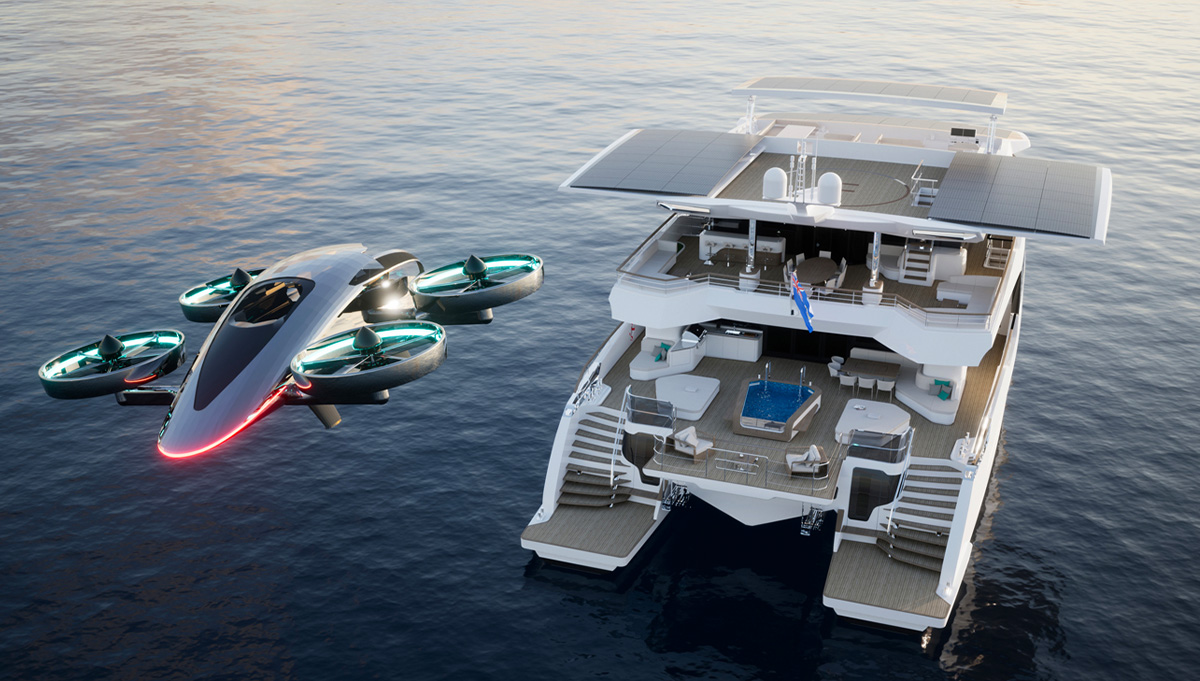
Silent 120 Explorer by Silent-Yachts

Silent 120 Explorer by Silent-Yachts
It’s not just next-generation owners who are aspiring to these new-generation pocket superyachts – they are also finding favour with people who have moved up in size over the years in order to cater to a growing family or to a growing need to do more with their yachts, and are now looking to downsize again because new designs offer everything they want and need in a smaller, more manageable package. They also allow owners and charterers to get into the places the big boys can’t reach – smaller ports and harbours, shallower bays, and beautiful calanques and inlets.
“Small is beautiful, as the saying goes,” one owner, downsizing from a larger yacht, told me a couple of years ago. “We’re looking forward to going back to places like Portofino (in Italy) and Girolata (in Corsica) which are far more accessible with a smaller yacht. What’s more,” he continued, “my new smaller yacht has similar interior volume to my old one, and it actually has a much longer range so we can really start to think about heading beyond the usual hotspots and away from the crowds. We’re really excited by the possibilities.”
From convenience to cost to footprint to opportunity, I have therefore come to another conclusion – size is everything, just not in the way most people think. Maybe it’s time to reconsider all those sayings and sometimes turn them on their heads: smaller is better; go small or go home; small boys’ toys. And it’s about time the rest of the world realised that the handful of giants that make the headlines are just not representative of the vast majority of superyachts – indeed, perhaps that’s the biggest story of all.


